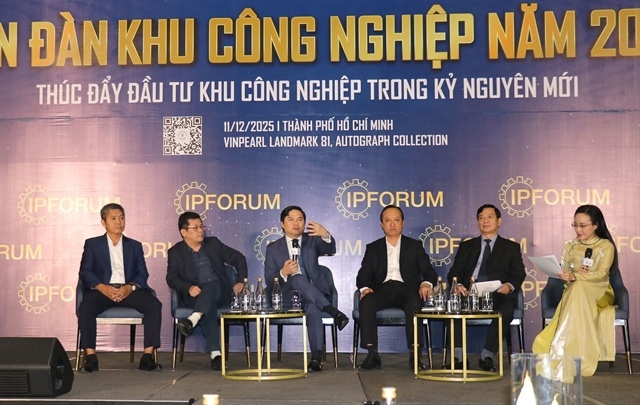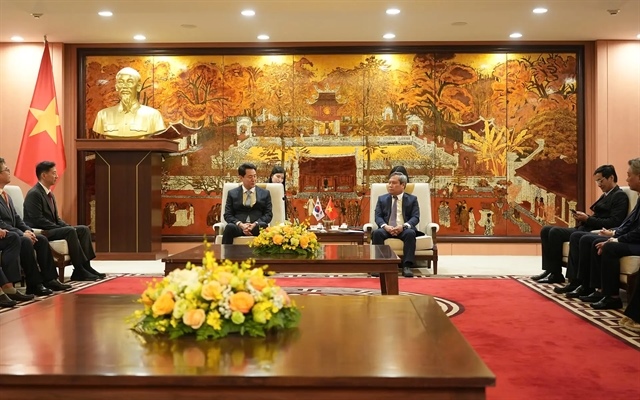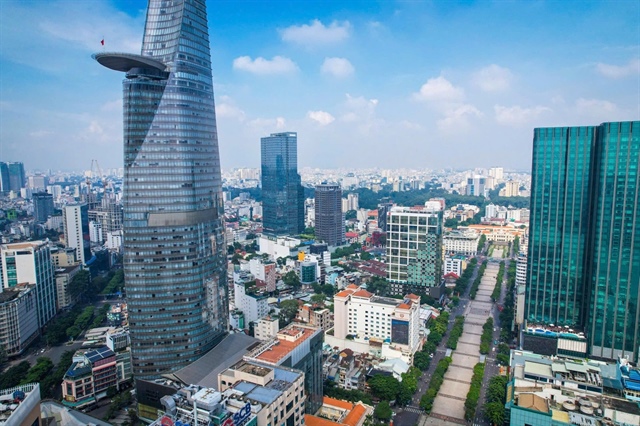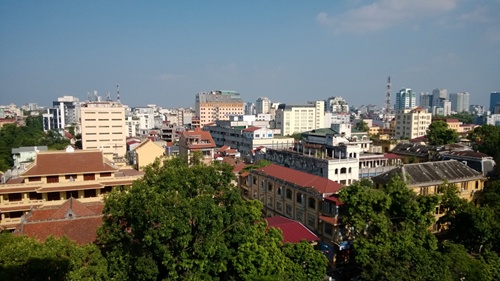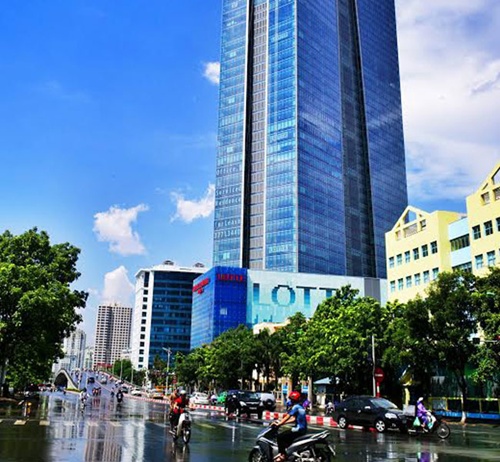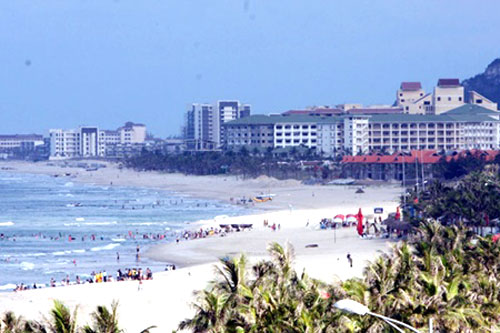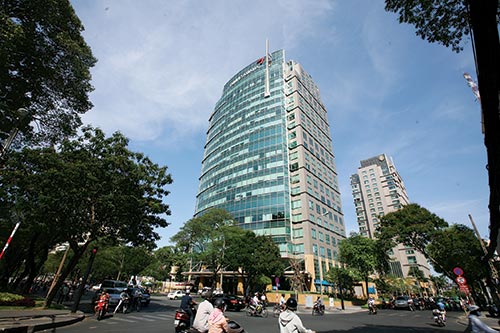Pitfalls in new land law every investor should avoid
Pitfalls in new land law every investor should avoid
The past five years have seen a growing surge of foreign driven mergers and acquisitions in Vietnam, with not only the total value increasing five fold from $1 billion to $5 billion in the period 2008 to 2013, but with the growth rate of such activity also increasing year-on-year. However, foreign investors must be ever mindful of the shifting regulatory environment that can affect the value of their investments and their ability to divest their assets if need be.

One such recent change has been the introduction of the new Land Law 2013, which came into effect on July 1, 2014. The particular provisions that this article will focus on are those that deal with land leased from the state for industrial parks (IPs), industrial clusters or export processing zones which is then subleased to investors operating in such parks. This article will explore these provisions, analyse their possible effects and will then proffer some practical advice for investors who may be affected by the amended Land Law.
A significant amount of foreign direct investment in Vietnam is directed towards export oriented and labour intensive manufacturing industries, the majority of which are situated in IPs. Vietnam is the beneficiary of favourable wage metrics, with a young and abundant labor force, meaning that manufacturing wages are lower than most of its direct competitors. As such, manufacturers are continuing to seek opportunities to establish or expand their businesses in Vietnam, with a lot of such activity centred in IPs. This has translated into an increase in demand for land and hard assets, making the acquisition of existing assets an optimal option for businesses to set up or expand in Vietnam.
It is this commercial backdrop that puts the Land Law into context, and shows why any change to the way land is acquired and disposed of may have such an important effect on Vietnam’s commercial sphere.
As a general rule, foreign organisations or individuals in Vietnam are not entitled to allocations of land use rights (LURs) from the state. Nonetheless, foreign organisations are eligible to lease land to invest in the construction and commercial operation of industrial parks. Such land can then be subleased to foreign investors for commercial activities.
Complications arise in the Law on Land 2013, however, in the interaction between discrepancies in the payment terms of the developer of IPs and investors, and the investors’ ability to subsequently transfer their LURs.
The Land Law sets out the legal basis for developers of industrial zones to sublease land to investors. It relevantly states that if the developer of an industrial zone pays the state with a one-off and lump sum payment, investors may then sublease the land with annual or lump sum payments. However, if the developer of the IP pays the state with annual payments, then investors can only sublease the land with annual payments.
The new law also sets out the consequences of failing to follow this restriction. If a developer of an IP pays for their lease from the state on an annual basis, whilst the investor has paid a lump sum payment to the developer, then the investor will not be able to transfer its LURs until the developer of the IP has paid for the entirety of the remaining term of the lease.
Apart from the transfer restriction just outlined, other adverse consequences may arise due to ambiguities in the language of the new law. It remains unclear whether the pay-out of the remaining term applies to the particular subleased land or for the IP as a whole. If the authorities determine that it applies for the whole IP, it is possible that there may be a freeze in LUR transfers in this particular market. Furthermore, if this interpretation is followed, investments in IPs will exist entirely at the discretion of the developers of the IPs; as developers have already received their lump sum payment, they may have no incentive, or may be unable due to cash flow reasons, to pay out the remaining term of the lease to the state. Finally, if a lump sum payment from the developer is required for an investor to be allowed to transfer its LURs, then it is likely that that the developer will also demand a lump sum payment from the transferee/new investor. This will simply perpetuate the problem, and adds a large disincentive for any investor looking to acquire existing LURs in IPs.
These changes may have a chilling effect on this market in Vietnam, particularly with respect to those companies whose assets include land and hard assets attached to the land.
The Land Law is very new, and the exact consequences of its terms are not yet clear. However, it is expected that the Vietnamese government will issue guiding regulations that should clarify and explain any uncertainties and ambiguities. Nonetheless, at this point in time, investors with assets in IPs must be very mindful of the effects it may have on their ability to dispose of, and the consequences on the value of, their assets.
vir


